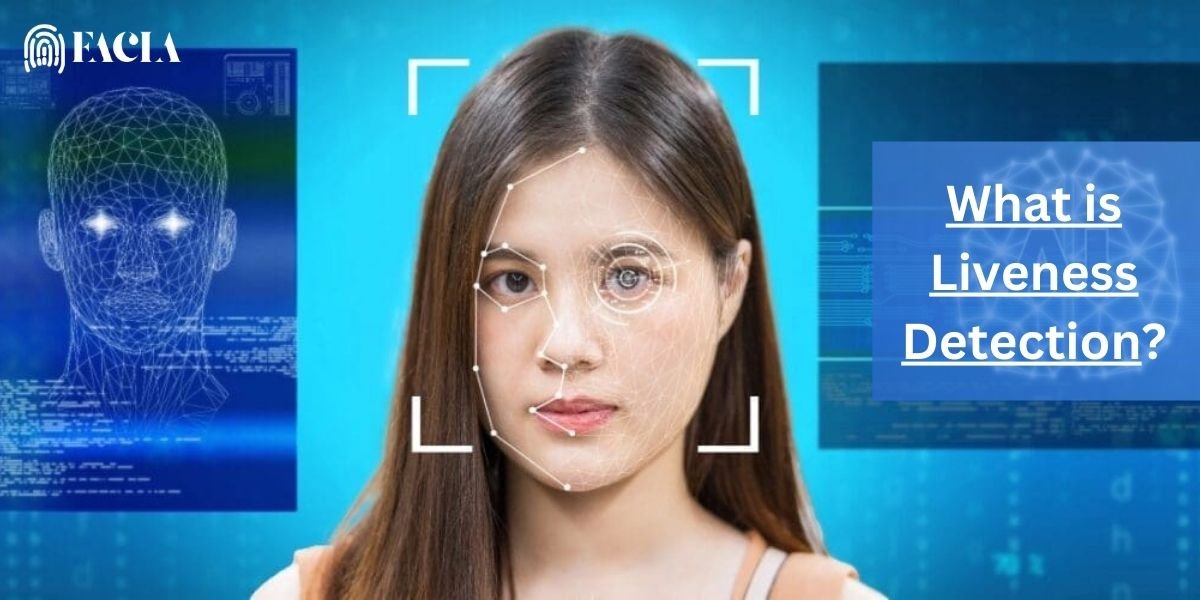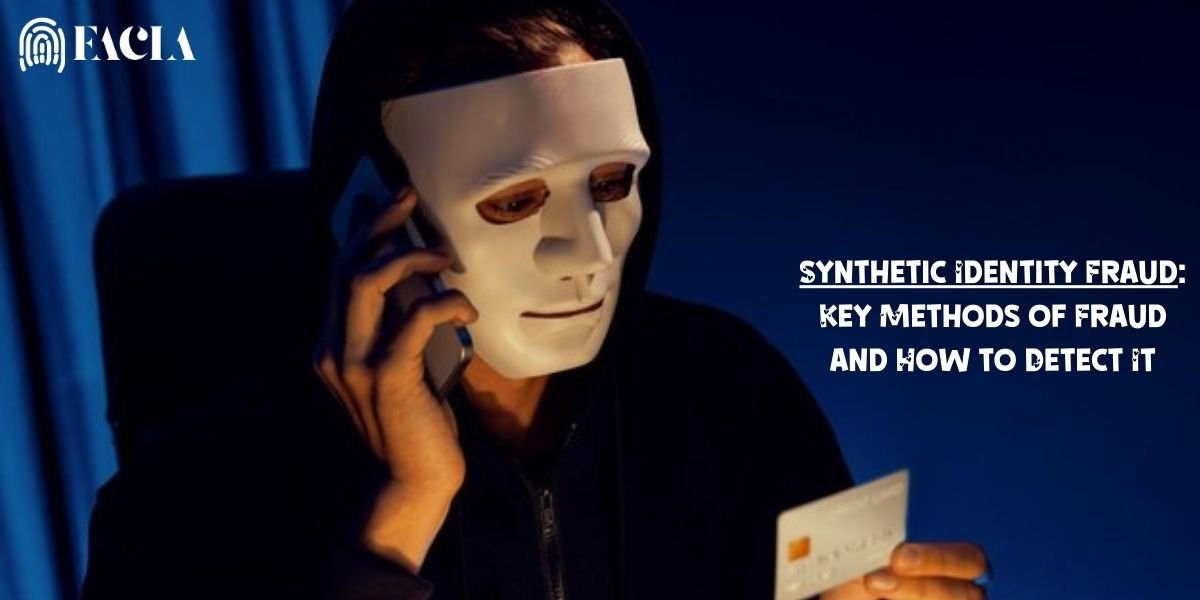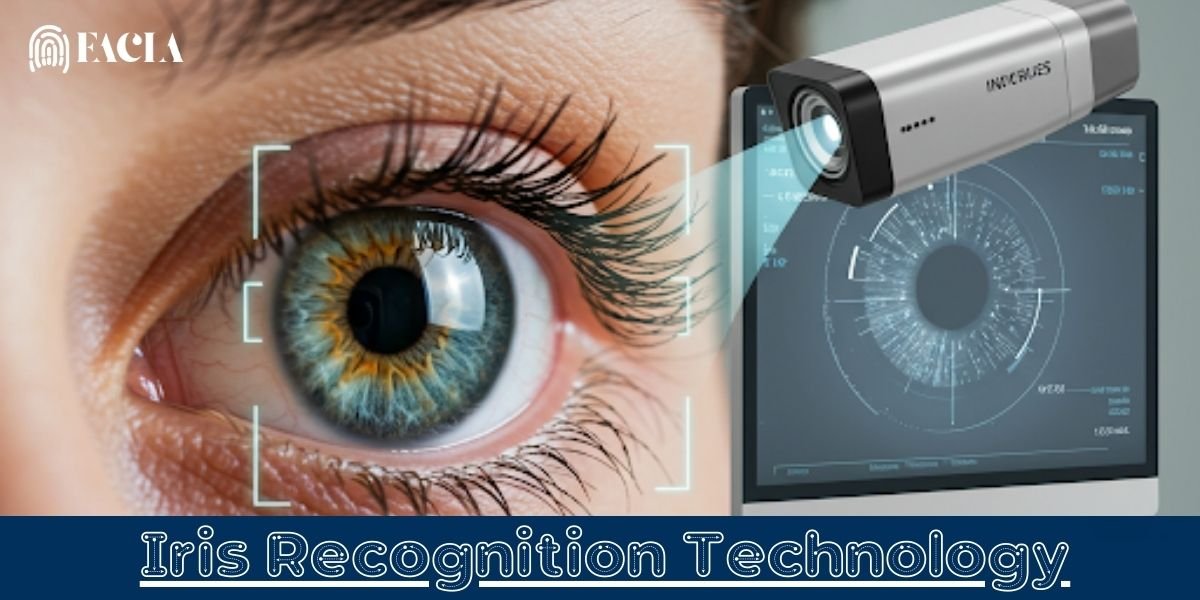Online security has become the highest priority for every industry in the modern era. Better digital authentication will be crucial in 2025, as new techniques easily bypass traditional security checks. This is especially true for organizations that deal in financial and private matters, such as banks and healthcare. Social media security is also a growing concern, as bad actors can use social media to spread misinformation about people. Incorporating biometric authentication is not enough today, as AI software is intelligent enough to crack it.
However, pairing biometrics with legitimacy verification techniques such as liveness detection enhances security. It proves to be a significant hurdle for bad actors and assists businesses in combating digital fraud and protecting user identity. According to Statista, modern facial recognition techniques will generate a market revenue of 19.3 billion USD by 2032.
Liveness detection makes accurate facial recognition possible with complete verification. This article will discuss liveness detection in detail, from its beginnings to how authorities are regulating it for fair use.
What is Liveness Detection?
Liveness detection is the process of checking the presence of the person behind the camera or facial recognition sensor. Many businesses call it a liveness check that verifies the user on the go. The purpose of liveness detection is to stay away from fake attempts to bypass facial biometric verification.
Without liveness detection, bad actors can exploit the system using a photograph of the person or a recording. Essentially, the use of liveness detection is due to the fact that these tactics of impersonating a person with fake images or videos were on the rise. Fraudsters who gain access to the biometric data of a person, such as a video, could destabilize digital systems.
Liveness detection enables businesses to securely verify their users by checking their presence in real time. The process uses a dynamic set of interactions that makes it challenging for fraudsters to bypass the protocols with just a replica or image of the person.
Types of Liveness Detection: Active and Passive
The two types of liveness detection operations are active and passive liveness checks. Both techniques fall under facial recognition security protocols. Here’s how each type processes the user’s facial data.
Active: Just like the name suggests, active liveness detection is which prompts the user to make certain movements. It requires the user to perform various gestures, such as blinking, opening the mouth, nodding the head, or looking here and there. The system takes the input from these various user motions, to authenticate the person and verify their liveness in real-time. This method is secure as it ensures that the user follows the prompted guidelines and is really present at the time of check. Binance, one of the market leaders in cryptocurrency exchanges, uses this technique to verify its users in real time.
Passive: On the other hand, passive liveness detection works in a quiet way. In this type, the system continuously observes the user’s movement and behavior. It focuses on facial movements, depth of voice, and other visual patterns to detect the presence of a real human, rather than a fake image or digital replica. Passive liveness detection is convenient when other biometric verification methods such as fingerprint or iris detection are involved. Furthermore, it improves user experience as it does not prompt the person to perform various head movements. With passive liveness detection, you won’t even notice that the liveness check is running most of the time.
Liveness Detection Process – How Does it Work?
Liveness detection relies on image processing and depth analysis and is similar to face detection but with motion detection in real time. It utilizes different methods to make real-time detection possible. Machine learning with liveness detection allows businesses to process real-time data much faster while making the machine learn over time for better detection. Here are the 4 key steps of the liveness detection process in almost every software generally.
Movement Analysis
Movement or motion is the key to liveness detection. This is what differentiates the still images and real-time data. The system accesses the camera or a dedicated sensor to assess the movement data live. The algorithm checks for natural human motion and analyzes it to detect the realism of the person. For instance, if any bad actor tries to use an image or a video, the movement analysis phase can filter it out with a lack of actual human movements. Common human movements most software systems look for are eye-blinking, facial expressions, and eyebrow changes.
Sensing Quality/Depth
Today, most liveness detection systems incorporate a live 3D face scanner which takes us to the second step of liveness authentication. In full-depth sensing, the system laser scans the various nodes on the human face to map out the features. Newer cameras allow three-dimensional (3D) scanning of faces making the calculations between nodes more accurate. Moreover, with 3D scanning, the attempts to fool the system with pictures have no chance at all, as the pictures or videos are always 2D.
Response Testing
The response testing phase is crucial as the system processes the data coming from the input. Especially, with active liveness detection, when the system prompts the user to nod their head or open the mouth, it expects the same response from the person. If the live person completes the movements as per instructions, the test passes and the system marks the person legitimate. With this type of detection, the bad actor cannot pre-plan the test with an image or a video as the prompts change every time. Also, failing the response test even one time makes the liveness check unsuccessful alerting the system to perform more strict checks.
Texture Verification
Facial expression is one thing that liveness detection ensures. Other than expressions modern systems can also detect skin textures and realism. In this step, the software analyzes the biometric features within the 3D scan. For instance, wrinkles, acne, skin textures, and all realistic imperfections of the human face.
Liveness Detection and Fraud Prevention
Liveness detections were introduced to prevent different Fraud tactics attackers use to bypass face verification systems. They primarily use images or videos of the person to trick the system. However, with liveness detection, businesses can bolster security as only living and real faces get access to the system. Here are the most common attacks liveness detection counters.
Spoofing
Spoofing attacks refer to malicious attempts to manipulate face characteristics to mimic the other person. It is mostly the use of images or similar getup as the victim. Modern liveness detection systems can easily figure out between the real person and impersonating identities.
Mask
Mask attacks refer to forcing the system to grant access to the business network after using a 3D mask. This technique involves using silicon or biodegradable plastic masks curated to look exactly like the person hackers are looking to copy. Liveness detection with intelligent facial texture analysis features can easily counter mask attacks. It detects the real face with skin depth and other natural human traits.
Replay
A replay attack is where a standard face verification system can struggle. In replay attacks, the bad actors use a technique to capture the message or data in between the network communication. For instance, when a real user verifies their face data, the hacker intercepts the network to capture the facial data containing packets. Later on, after decoding the packets, they can resend these packets to the system and get into the system to get access to the business network. However, with liveness detection, replay attacks are not possible as it checks for real-time liveness with different scenarios every time.
Where Liveness Detection Struggles – Deepfakes
Most people ask: What types of security threats can liveness detection counter? This question is trending across business solutions that provide liveness detection, especially in the era of deepfakes or AI. It is worth mentioning that modern AI solutions are becoming more intelligent with time.
All these AI voices, images, and videos we see over the internet are improving as the technology matures. This trend in deep learning technology is transforming the whole market. In the realm of biometric verification, AI software has the potential to enhance biometric spoofing, a technique known as deepfakes. It is a type of spoofing that takes a person’s likeness and replicates it in a manner that almost looks identical.
The issue with detecting deepfakes is that bad actors can craft them the way they like. For instance, while hackers may have previously had limited photos or videos of a person, with this technology, they can create multiple artificial replicas. This creates a significant risk for businesses that rely on biometric data, as digital fakes can be much more difficult to identify.
Businesses have to work on advanced detection algorithms to combat deepfakes and implement much more sophisticated skin detection so they can differentiate between a real human and a deepfake.
Industrial Applications of Liveness Detection
Many modern-day applications across different sectors use liveness detection as a part of their comprehensive user identity verification solution. It significantly enhances biometric identity verification techniques especially face verification. Combining it with other biometric checks can improve security systems by a mile. Here is how different sectors implement liveness detection to stay safe in 2025’s digital space.
Finance Sector
Various challenges are present in the financial space and the sensitivity of the industry requires sophisticated technology to counter them. It is crucial to stay secure as finances are the main target of attackers. All the high-risk transactions require strict regulator checks and for this liveness detection is more than necessary for digital apps. Performing a check at every high-risk transaction or at every new device login can improve financial space. Just like Binance, many other banking networks already perform liveness detection for foolproof security.
Travel Sector
The travel industry has changed significantly as new ways of transit allow users to move from one place to another without a hassle. In this ride-hailing and cab-booking world, liveness detection can help reduce travel scams. Travel scams mostly occur with people who do not verify the identity of their driver or the company they are working with. Liveness detection can assist here with proper digital checks of real drivers. Moreover, airport security protocols can also get an upgrade with liveness detection verification.
Global Regulations for Liveness Detection
Liveness detection needs regulatory checks as it processes human facial data in real-time and stores it in the repository for future use. To ensure the fair use of this data regulatory authorities implement standards that businesses follow in the digital space. Legal entities like the European Union have GDPR (General Data Protection Regulation) in place to maintain ethical use. The key components of these regulations are user consent, purpose limitation, security, and data deletion.
User consent is a necessary part of the digital world, especially when it comes to access to personal data. Liveness detection checks also follow strict user consent guidelines as they specify the use for fraud prevention and identity verification only. In every liveness detection application, there should be a policy that describes the user on how the data is processed in the backend. As a user, you must read the complete privacy policy and check for any uninformed data collection.
Conclusion
Liveness detection is an integral part of modern biometric verification systems. It plays a central role because bad actors can easily trick standard face verification checks. Active and passive liveness detection processes facial data to help businesses check the presence of the real user in real-time. Ultimately, liveness detection is becoming a necessary component that should be used in parallel with Facial Recognition Technology. It bolsters security and builds user trust in the system that their finances or any other assets are secure.
FAQs
What is the difference between passive and active liveness checks?
Active liveness detection prompts the user to perform certain actions, while passive detection does not require specific movements and works in a user-friendly way by continuously analyzing the presence.
What if a liveness check fails?
The liveness detection check fails when it doesn’t detect the presence of a real user. It fails to secure the platform and alerts the business network for an unauthorized attempt. On the user end, it displays a message to try the process.
Is liveness detection an AI solution?
Yes, AI can improve liveness detection checks by enabling the system to process data faster. With machine learning, the system can improve with intelligent decision-making and face detection.
Read More:





